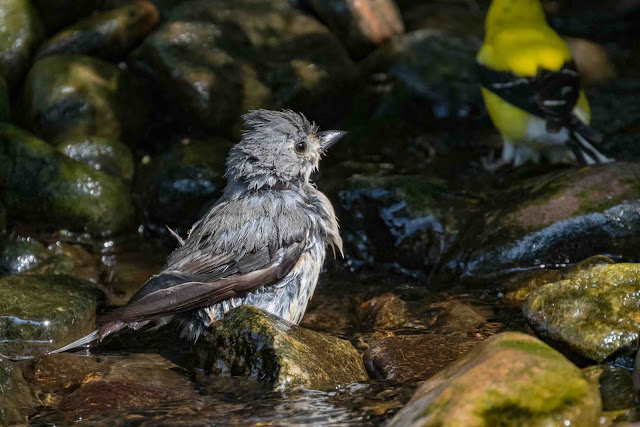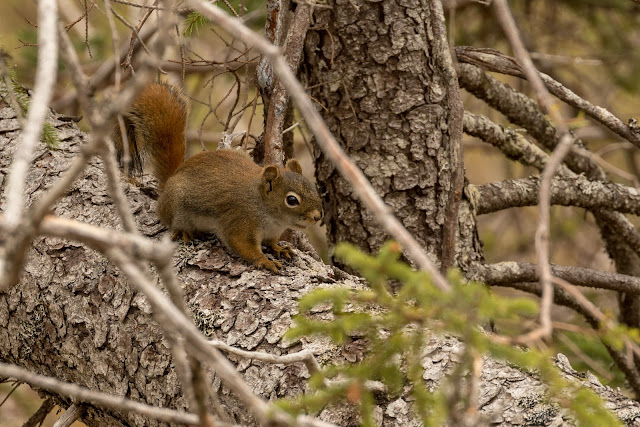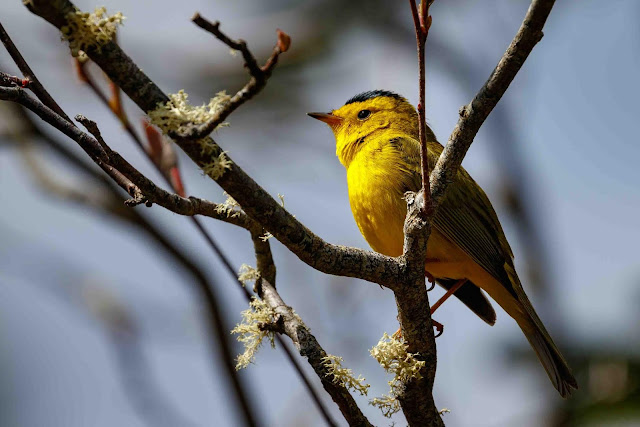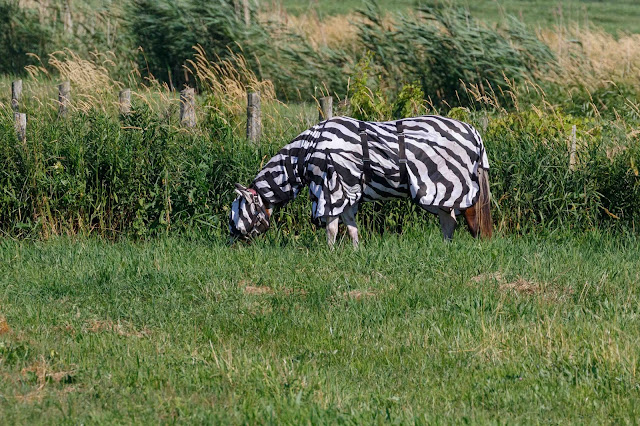A pair of puffins.

Elliston, Newfoundland, Canada, June 2018 Standing at their burrow. Foggy day but it still came out after a bit of editing. Fratercula arctica A lighthouse keeper on Iceland’s Westman Islands has been banding puffin chicks for more than 60 years. The islands are home to the largest puffin colony in the world, and the keeper, Oskar Sigurdsson, earned a spot in the Guinness Book of World Records for his prolific banding: more than 90,000 birds in that time, including more than 55,000 puffins. source - https://www.allaboutbirds.org/guide/Atlantic_Puffin/



















